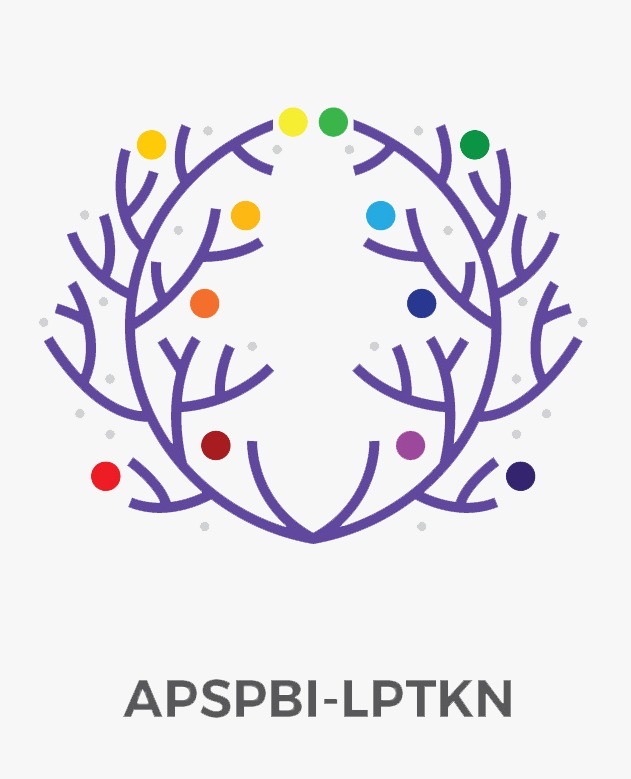REALIZATION OF LINGUISTIC AND FORMULAIC COMPETENCES CLASSROOM INTERACTION
 ),
),
(1) Universitas Negeri Semarang
 Corresponding Author
Corresponding Author
Abstract
References
Bagarić, V., & Djigunović, J. M. (2007). Defining Communicative. Metodika, 8(1), 94–103. file:///D:/Downloads/Bagaric_i_Mihaljevic_Djigunovic_ENG.pdf
Biber, D., Johansson, S., Leech, G., Conrad, S., & Finegan, E. (1999). Longman Grammar of Spoken and Written English. Longman.
Boers, F., & Lindstromberg, S. (2009). Optimizing a Lexical Approach to Instructed Second-Language Acquisition. Palgrave Macmillan UK.
Bumbak, S. (2018). The Use of Formulaic Language in EFL High School Classrooms. http://journal.stainkudus.ac.id/index.php/equilibrium/article/view/1268/1127%0Ahttp://publicacoes.cardiol.br/portal/ijcs/portugues/2018/v3103/pdf/3103009.pdf%0Ahttp://www.scielo.org.co/scielo.php?script=sci_arttext&pid=S0121-75772018000200067&lng=en&tlng=
Celce-Murcia, M. (2007). Rethinking the Role of Communicative Competence. In Intercultural Language Use and Language Learning (pp. 41–57). Springer.
Celce-Murcia, M., Dornyei, Z., & Thurrell, S. (1995). Communicative Competence: A Pedagogically Motivated Model with Content Specifications. Issues in Applied Linguistics, 6(2), 5–35.
Cheek, J. (2004). At the Margins? Discourse Analysis and Qualitative Research. Qualitative Health Research, 14(8), 1140–1150. https://doi.org/10.1177/1049732304266820
Chomsky, N. (1965). Aspects of the Theory of Syntax. M.I.T. Press.
Creswell, W. J., & Creswell, J. D. (2017). Research Design: Qualitative, Quantitative adn Mixed Methods Approaches (5th ed). SAGE Publications.
da Silva, L. G. (2020). Formulaic Language Sequences and Oral Interaction in the Primary English Classroom (Issue 1). Universidade NOVA de Lisboa.
Ding, S.-Y., & Chen, J. (2019). Formulaic Language in Second Language Teaching—A Case Study of Situation-Bound Utterances in China’s EFL Textbooks. 4th International Conference on Education Science and Development (ICESD 2019). https://doi.org/10.12783/dtssehs/icesd2019/28082
Fernández, E. M., & Cairns, H. S. (2011). Fundamentals of Psycholinguistics. Wiley.
Hymes, D. H. (1972). On Communicative Competence. In Sociolinguistics. Selected Readings (pp. 269–293). University of Pennsylvaonia Press. http://search.ebscohost.com/login.aspx?direct=true&db=cat06300a&AN=sibbila.22851&site=eds-live
Khusnita, D., & Rukmini, D. (2016). The EFL Learners’ Perceptions and Realizations of Formulaic Sequences in Casual Conversation. English Education Journal (EJJ), 6(2), 68–78.
Lewis, M. (2008). Implementing the Lexical Approach. Putting Theory into Practice. Heinle. http://elt.heinie.com
Mustapa, Y., & Agustien, H. I. R. (2017). Formulaic Expressions Used in Conversational Texts of the Tenth Grade’S English Textbooks. English Education Journal (EEJ), 7(1), 54–65. https://doi.org/10.15294/eej.v7i1.14687
Neno, H., & Agustien, H. I. R. (2016). The Use of Formulaic Expressions in EFL Students’ Interactions. English Education Journal (EEJ), 6(1), 39–44.
Pramudita, E. (2018). A Case Study of Classroom Interaction in Speaking Class at State Islamic Institute of Surakarta. Universitas Muhammadiyah Surakarta.
Sarani, A., & Najjarbaghseyah, R. (2019). Exploring EFL Learners’ Use of Formulaic Sequences in Pragmatically Focused Role-play Tasks. Journal of Teaching Language Skills (JTLS), 37(4), 141–163. https://doi.org/10.22099/jtls.2019.33711.2694
Schmitt, N., Jiang, X., & Grabe, W. (2011). The Percentage of Words Known in a Text and Reading Comprehension. Modern Language Journal, 95(1), 26–43. https://doi.org/10.1111/j.1540-4781.2011.01146.x
Shin, D., & Nation, P. (2008). Beyond single words: the most frequent collocations in spoken English. ELT Journal, 62(4), 339–348. https://doi.org/10.1093/elt/ccm091
Sukur, S. G. (2020). The Impact of Disregarding Formulaic Competence in Developing Senior High School English Textbooks in Indonesia. Journal of Languages and Language Teaching, 8(2), 183. https://doi.org/10.33394/jollt.v8i2.2521
Sundari, H. (2017). Classroom Interaction in Teaching English as Foreign Language at Lower Secondary Schools in Indonesia. Advances in Language and Literary Studies, 8(6), 147. https://doi.org/10.7575/aiac.alls.v.8n.6p.147
Tahir, I. (2018). Teachers ’ Beliefs in Balancing Linguistic Competence and Teaching Performance in EFL Classrooms. BRAIN. Broad Research in Artificial Intelligence and Neuroscience, 9(1), 50–58.
Thoms, J. J. (2012). Classroom Discourse in Foreign Language Classrooms: A Review of the Literature. Foreign Language Annals, 45(S1), 8–27. https://doi.org/10.111/j.1944-9720.2012.01177.x.FOREIGN
Walsh, S. (2006). Investigating Classroom Discourse. In Investigating Classroom Discourse. Routledge. https://doi.org/10.4324/9780203015711-8
Wood, D. (2015). Fundamentals of Formulaic Language: An Introduction. Bloomsbury Publishing.
Wray, A., & Perkins, M. R. (2000). The functions of formulaic language: An integrated model. Language & Communication, 20(1), 1–28. https://doi.org/10.1016/S0271-5309(99)00015-4
Article Metrics
Abstract View : 803 times
: 803 times Download : 54 times
Download : 54 times
DOI: 10.36412/jellt.v6i2.2867
Refbacks
- There are currently no refbacks.
Copyright (c) 2022 Journal of English Language and Literature Teaching

This work is licensed under a Creative Commons Attribution-ShareAlike 4.0 International License.









